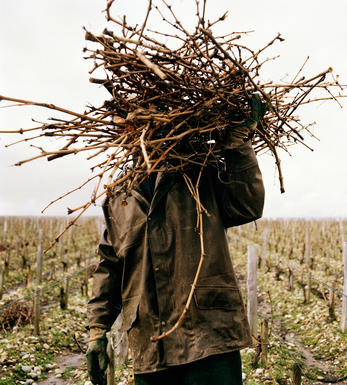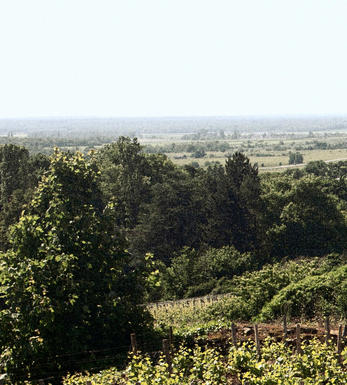
2012 Pommard, Grand Clos des Epenots, 1er Cru, Domaine de Courcel, Burgundy

About this WINE

Domaine Courcel
This is one of Pommard’s grandest domaines. It has been in the family since the 17th century, albeit with various changes of name through passing down through the female line. It is currently owned by Gilles de Courcel, whose day job is managing Chanson Père&Fils, and his three sisters.
The Domaine de Courcel produces Pommard with very traditional methods. Wines undergo a relatively warm fermentation, with at least three weeks of maceration and two to three punchings of the "cap" per day, resulting in a fine extraction of fruit, colour and tannins. The wines have been made by Vosne-Romanée vigneron Yves Confuron since 1996. The grapes are vinified with their stems after a severe sorting process. They are then matured in barrel for 18 months or more, without racking. There is not much reliance on new oak. The resulting wines have subtlety and richness that accompany a remarkable ability to age.
Generics apart, their vineyards are entirely within Pommard: Vaumuriens (village) and premiers crus Croix Noires, Fremiers, 2.64 acres of Rugiens (Bas) and 12.35 acres of Grand Clos des Epenots, which is a quasi-monopole. The wines produced from the latter of these sites are considered to be among the longest-lived wines of the Côte de Beaune. They do not own the whole of it since a family division in 1975, but are the only producer to offer a wine under this name.
Jasper Morris MW, Burgundy Wine Director and author of the award-winning Inside Burgundy comprehensive handbook.

Pommard
The most powerful red wines of the Côte de Beaune emanate from Pommard, where complex soils with a high proportion of iron-rich clay produce deep-coloured, relatively tannic wines. A Pommard that is ready to drink in its first few years is probably not going to be a great example of the appellation.
Two vineyards stand out: the lower part of Les Rugiens, which has been mooted for promotion to Grand Cru status, and the five-hectare, walled Clos des Epéneaux, monopoly of Comte Armand.- 212 hectares of village Pommard
- 125 hectares of Premier Cru vineyards (28 in all). The finest vineyards include Les Rugiens, Les Epénots (including Clos des Epéneaux) and Pézérolles
- Recommended producers: Comte Armand, de Montille, de Courcel, J-M Boillot

Pinot Noir
Pinot Noir is probably the most frustrating, and at times infuriating, wine grape in the world. However when it is successful, it can produce some of the most sublime wines known to man. This thin-skinned grape which grows in small, tight bunches performs well on well-drained, deepish limestone based subsoils as are found on Burgundy's Côte d'Or.
Pinot Noir is more susceptible than other varieties to over cropping - concentration and varietal character disappear rapidly if yields are excessive and yields as little as 25hl/ha are the norm for some climats of the Côte d`Or.
Because of the thinness of the skins, Pinot Noir wines are lighter in colour, body and tannins. However the best wines have grip, complexity and an intensity of fruit seldom found in wine from other grapes. Young Pinot Noir can smell almost sweet, redolent with freshly crushed raspberries, cherries and redcurrants. When mature, the best wines develop a sensuous, silky mouth feel with the fruit flavours deepening and gamey "sous-bois" nuances emerging.
The best examples are still found in Burgundy, although Pinot Noir`s key role in Champagne should not be forgotten. It is grown throughout the world with notable success in the Carneros and Russian River Valley districts of California, and the Martinborough and Central Otago regions of New Zealand.


Buying options
Add to wishlist
wine at a glance
Delivery and quality guarantee